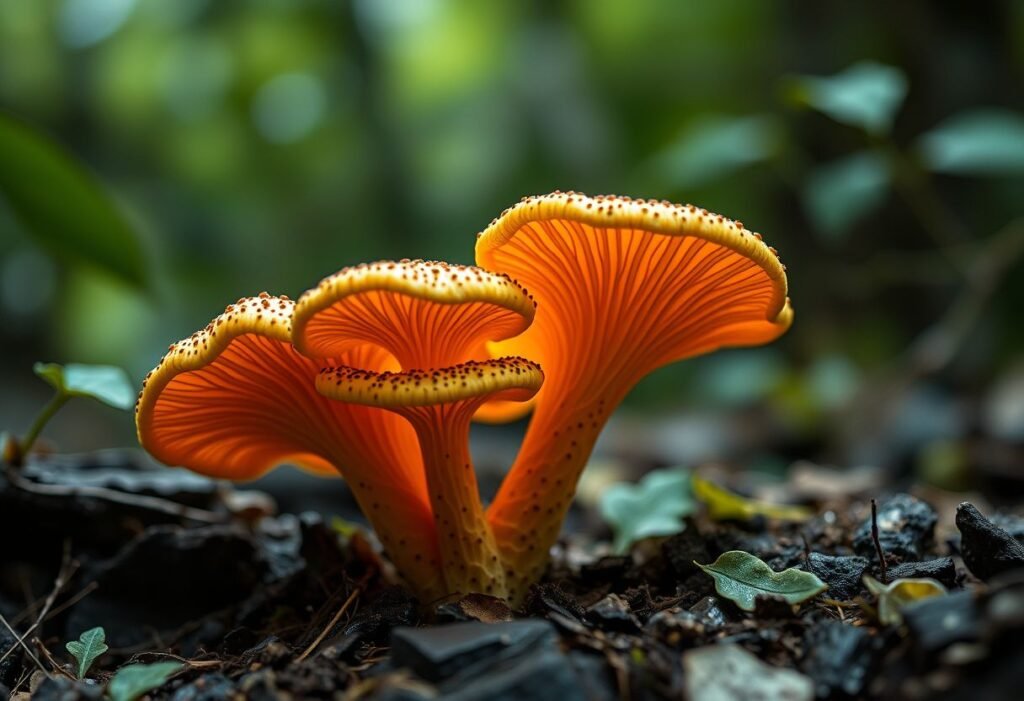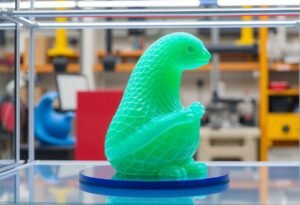Innovations in robotics and biohybrid systems are pushing the boundaries of technology, merging biological elements with mechanical designs. This fascinating intersection is leading to the development of robots that exhibit unique functionalities, such as movement spurred directly by biological signals. These advancements could revolutionize various fields including healthcare, disaster response, and automated systems.
The Emergence of Biohybrid Robotics
Biohybrid robots represent a pioneering area of research that combines living organisms and robotic frameworks. This new breed of machinery allows for improved responsiveness and adaptability, as they can react to stimuli much like natural organisms. Recent experiments have shown how biohybrid designs, utilizing the neural networks of fungi, can control robotic movements. By integrating living cells and synthetic materials, researchers are exploring ways to use biohybrids for tasks requiring high levels of dexterity and sensitivity.
Functionality Driven by Fungi
In recent studies, scientists have successfully created a spider-like biohybrid robot that operates based on signals generated by a fungus’s nervous system. The hormones and biochemical mechanisms present in fungi are harnessed to achieve mobility, leading to robots that can ‘drive’ or navigate through environments without human intervention. The capacity for a fungus to influence robotic movement opens up possibilities for autonomous systems that mimic biological intelligence, potentially outperforming traditional robotics in certain applications.
Applications in Various Fields
The potential applications of fungus-driven biohybrids are vast. These robots could be used in fields such as medical research, where precision and adaptability are critical. For instance, they might assist in surgeries or rehabilitation by interacting with biological tissues. Additionally, biohybrids could play significant roles in environmental monitoring and cleanup. Their ability to operate under varying conditions makes them suitable for tasks that require a gentle touch, such as handling delicate ecosystems.
Ethical Implications and Safety Considerations
The integration of biological organisms into robotics raises several ethical questions. As we develop robots that utilize living beings for decision-making processes, we must consider the implications of using life forms in this manner. Safety is also a critical aspect, especially in applications across public spaces. Designing systems that respect both the living components and human users will be essential for creating trust in these technologies. Conducting thorough research to establish safe operational protocols is imperative.
The Future of Robotics and Biohybrids
The field of robotics is entering a new era with the advent of biohybrid systems. As research continues, we can expect to see innovations that significantly impact industries ranging from logistics to healthcare. By leveraging the innate capabilities of biological organisms, engineers can create machines that not only enhance productivity but also interact with their surroundings in ways previously thought impossible. The future of robotics is a blend of technology and biology, where each can enhance the other in remarkable ways.
Conclusion: The Road Ahead
As we advance in biohybrid technology, the importance of interdisciplinary collaboration becomes evident. The successful integration of biology and robotics will require insights from varied fields, including biology, engineering, and ethics. With ongoing discoveries, we are paving the way for systems that not only automate tasks but also operate as an extension of living organisms. These developments promise an exciting frontier in robotics that blurs the lines between life and machine, leading us to rethink traditional definitions of autonomy and intelligence.
Disclaimer: This article is for informational purposes only and does not constitute professional advice.





















